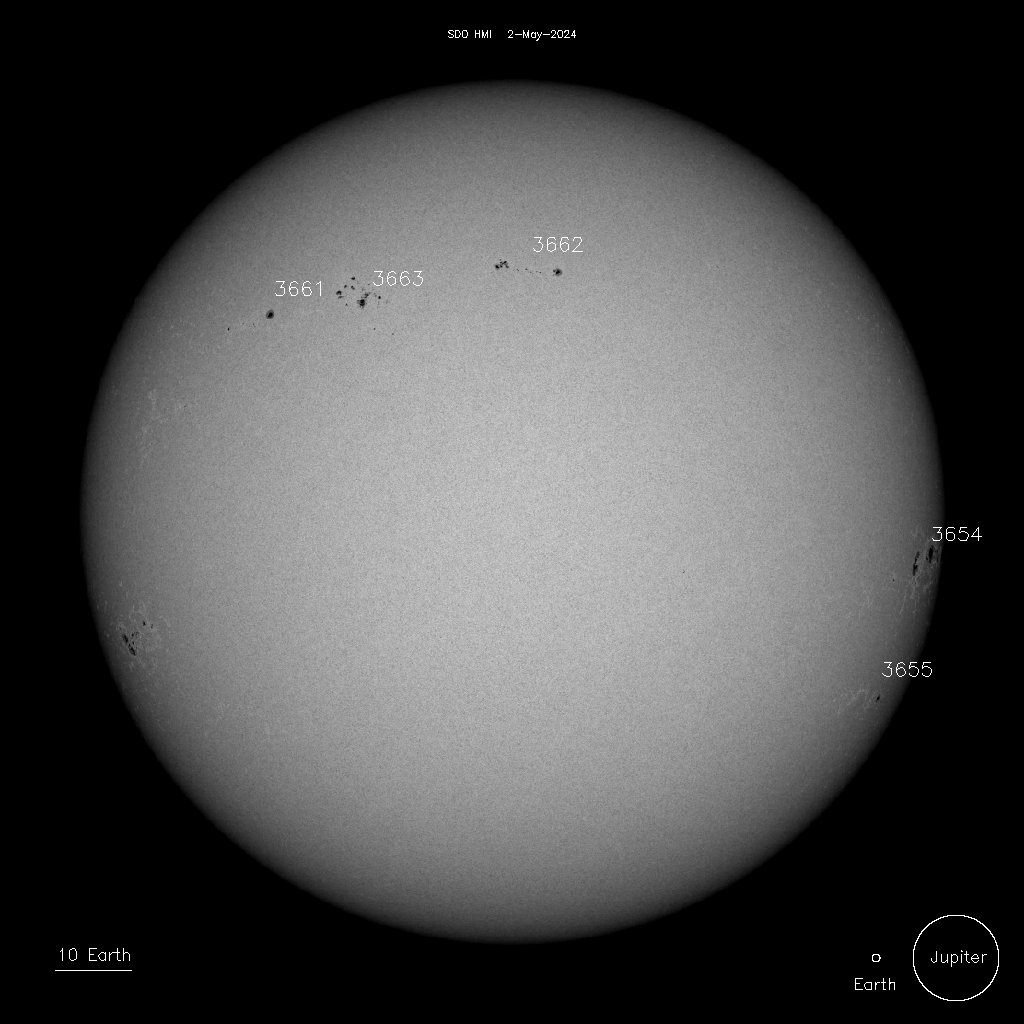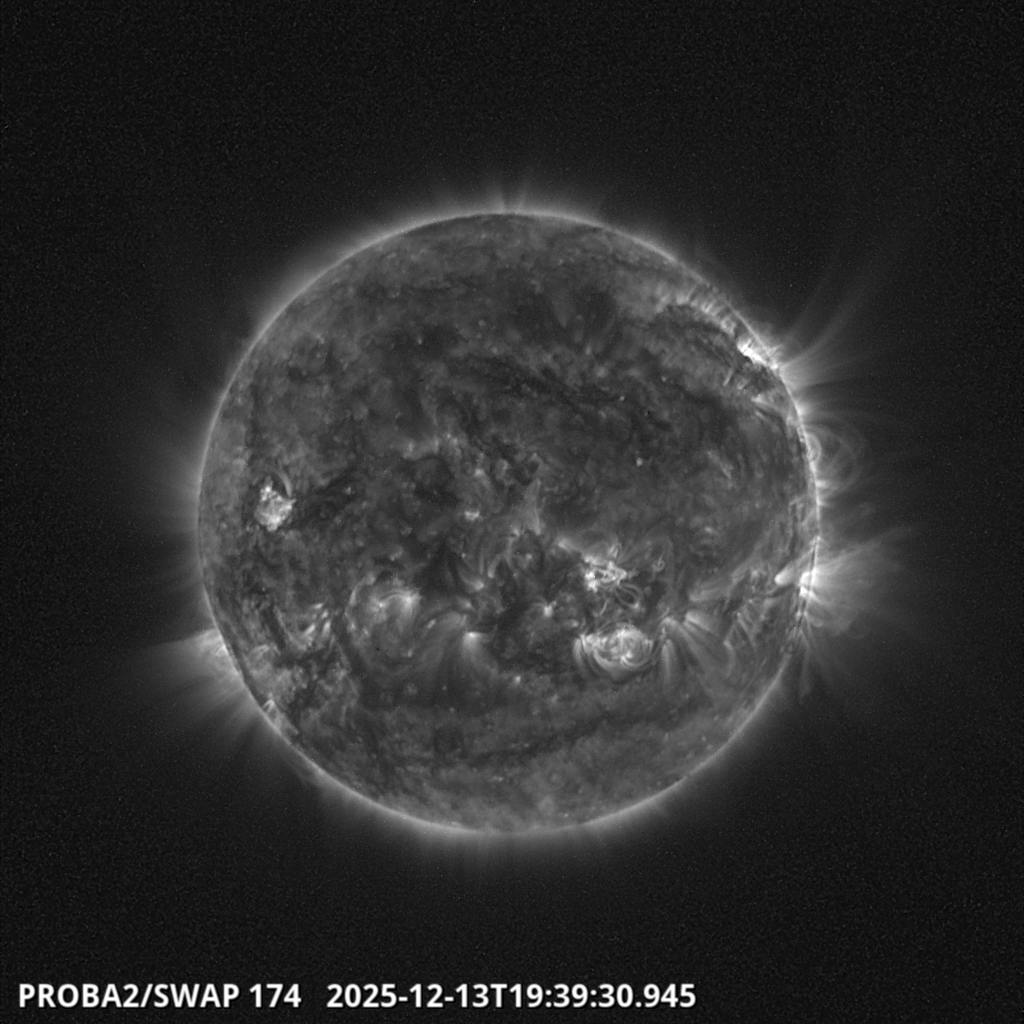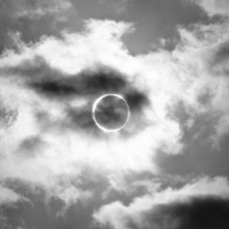Hanny’s Voorwerp & The Sudden Death Of The Quasar IC 2497 (SDSS J094103.80+344334.2)
The story of IC 2497 begins with the then unknown Dutch school teacher Hanny van Arkel. Whilst participating in the Galazy Zoo “citizen-science” [galaxyzoo.org] project she observed an amazing blue object (blob)* within its vicinity. The object, now known as Hanny’s Voorwerp, is brightest in the g band due to unusually strong [OIII] λ4959, λ5007 emission lines (Lintott et al. 2009) giving the object it’s strong blue appearance. Lintott et al. (2009) later reported the discovery of this object near IC 2497. The Voorwerp is a large (11×16 kpc) cloud of ionized gas approximately 45,000-70,000 lightyears away from the nucleus of the galaxy IC 2497, embedded in a larger reservoir of atomic hydrogen (Józsa et al. 2009). The galaxy of IC2497 has a measured redshift of z = 0.0502213† (Fisher et al. 1995).
N.B. *For more information on Hanny’s voorwerp: [www.astr.ua.edu/keel/…/voorwerp.html]. †Assuming,  Gyr [Komatsu et al. 2009];
Gyr [Komatsu et al. 2009];  [Jarosik et al. 2011]) this redshift corresponds to a luminosity distance of 220.4 Mpc and a scale of 969 pc arcsec-1.
[Jarosik et al. 2011]) this redshift corresponds to a luminosity distance of 220.4 Mpc and a scale of 969 pc arcsec-1.

Fig. 1: The above montage shows linear intensity displays of the SDSS guriz images at fairly high contrast, rotated to cardinal directions in orientation. (Credit: SDSS guriz; William C. Peel).
The appearance of Hanny’s voorwerp is perhaps due to one main effect: it consists of remnants of a small galaxy showing the impact of radiation from a bright quasar event that occurred in the center of a nearby galaxy, IC 2497 about 100,000 years previously. In other words, this is caused by IC 2497 previously being a quasar. So, what is so special about this object?
The current paradigm of galaxy formation places huge significance on the central supermassive black hole and its activity. In essence, this paradigm suggests that galaxy formation is significantly controlled by the energy output from supermassive black hole, which grows in highly efficient luminous quasar phases. As outlined by Lintott et al. (2009), the timescale on which black holes transition into and out of such phases is, however, unknown as they are believed to happen over millions of years as predicted by hierarchical models of cosmology and galaxy evolution. Hence, IC 2497, coupled to Hanny’s voorwerp, is special for the possibility that it now represents a quasar which has “died” or switched-off within the last 100,000 years (a relatively short about of time cosmologically speaking).
The presence of other emission lines with high ionization potentials, such as [He II] and [Ne V], together with the narrowness of the emission lines suggests that the Voorwerp is being photoionised by the hard continuum of an active galactic nucleus (AGN; an accreting supermassive black hole), rather than by other processes such as star formation or shocks (such as might be induced by a jet; Lintott et al. 2009). Radio observations of IC 2497 reveal a nuclear source and a jet hotspot in the nucleus, and a large kiloparsec-scale structure that may be a jet (Józsa et al. 2009; Rampadarath et al. 2010). The voorwerp lieswhere this jet meets the HI reservoir and coincides with a local decrement in atomic hydrogen presumably due to photoionisation. Schawinksi et al. (2011) also conclude that the low X-ray of IC 2497 luminosity definitively rules out the presence of a currently active quasar. Shawinksi et al. (2011) go on to conclude that IC 2497’s central engine has decreased its radiative output by perhaps 2 to 4 orders of magnitude since being in a much more luminous phase within the last 70,000 years.
The sudden death of the quasar in IC 2497 might be due to a sharp decrease in the fuel supply or a change of accretion state (Schawinkski et al. 2011). Rapid changes between “high” (radiatively efficient) and “low-hard” (radiatively inefficient) states most likely driven by instabilities in the accretion disk have been seen in Galactic x-ray binaries (XRBs) which typically have black holes ~ (Nayakshin et al. 2000; Fender & Belloni 2004; Fender et al. 2004; Prat et al. 2010). It has been suggested that supermassive black holes are essentially scaled-up versions of XRBs with similar black hole accretion physics (e.g., Maccarone et al. 2003; McHardy et al. 2006; Körding et al. 2006). IC 2497 may be the first quasar where such a rapid transition between accretion states is observed, of the kind routinely seen in XRBs.
(Nayakshin et al. 2000; Fender & Belloni 2004; Fender et al. 2004; Prat et al. 2010). It has been suggested that supermassive black holes are essentially scaled-up versions of XRBs with similar black hole accretion physics (e.g., Maccarone et al. 2003; McHardy et al. 2006; Körding et al. 2006). IC 2497 may be the first quasar where such a rapid transition between accretion states is observed, of the kind routinely seen in XRBs.
Journal References:
- Lintott, C.J et al. (2009) Galaxy Zoo: `Hanny’s Voorwerp’, A Quasar Light Echo? Monthly Notices of the Royal Astronomical Society, 399 (1): pp. 129-140.
- Rampadarath, H.; Józsa, G. I. G. et al. (2010) Hanny’s Voorwerp . Evidence Of AGN Activity & A Nuclear Starburst In The Central Regions Of IC 2497. Astronomy & Astrophysics, 517 Article I.D.: L8.
- Schawinksi, K.; Lintott, C.J.; van Arkel, H. et al. (2011) The Sudden Death Of The Nearest Quasar. The Astrophysical Journal Letters, 724 (1): pp. L30-L33.















Comments are closed.